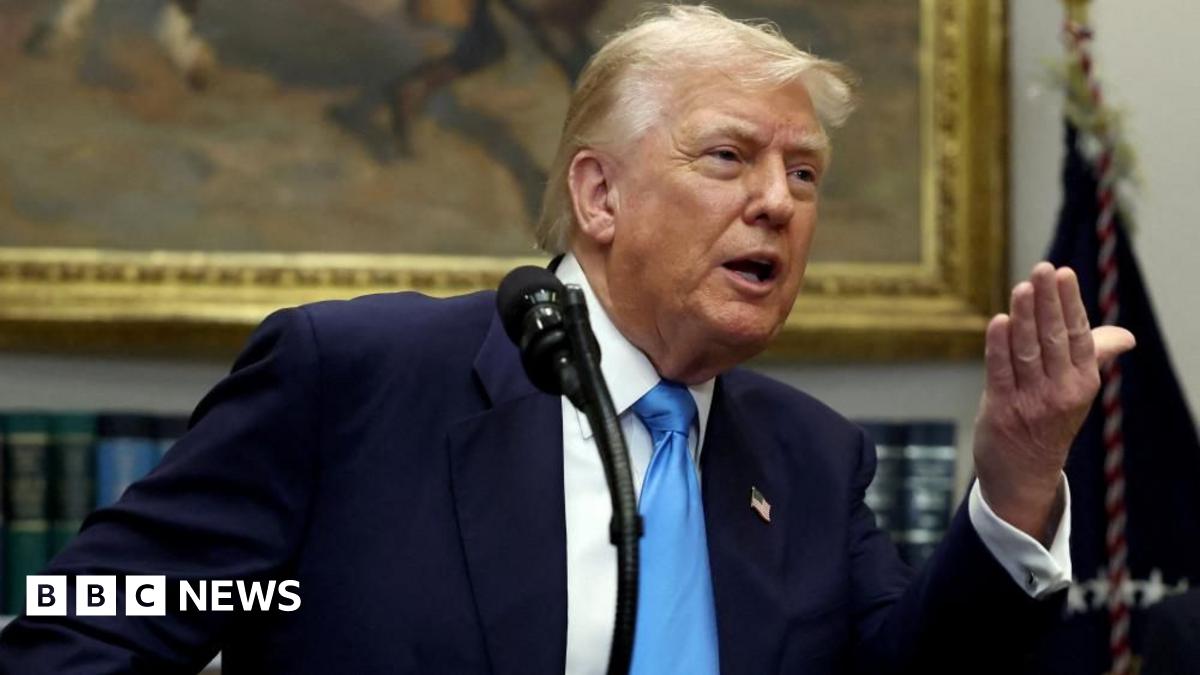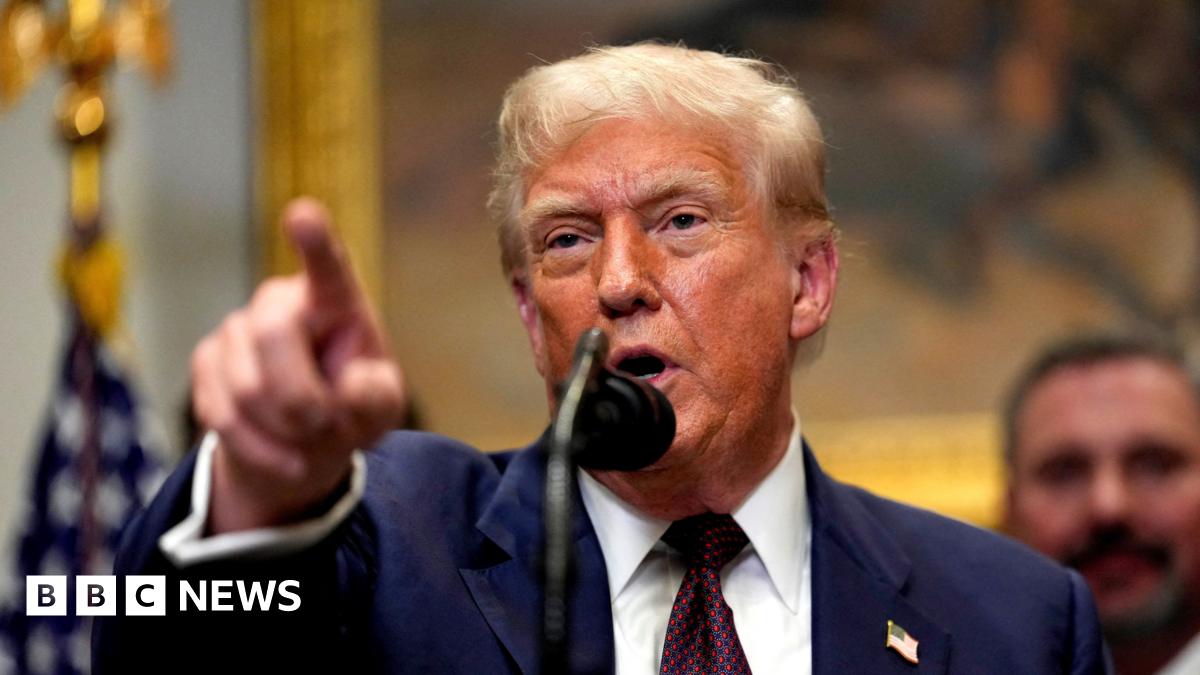What Happened
GameStop Corp. experienced a significant decline in its stock price, dropping over 23% after the company announced a $1.75 billion convertible debt offering. This move is intended to potentially fund its strategy of acquiring Bitcoin and to expand into the trading card market. The announcement came shortly after GameStop reported a 17% year-over-year decline in fiscal first-quarter revenue, raising concerns about the company’s financial health and future prospects.
The convertible notes offering is part of GameStop’s broader strategy to diversify its investments, including a recent purchase of 4,710 Bitcoins valued at over half a billion dollars. However, analysts have expressed skepticism regarding the viability of this strategy, particularly in light of GameStop’s existing financial challenges and the volatility associated with cryptocurrency investments.
Key Details
- Stock Performance: GameStop’s stock fell more than 23% in afternoon trading on June 12, 2025, following the announcement of the convertible debt offering.
- Convertible Debt Offering: The company is offering $1.75 billion in zero-coupon convertible notes, which could dilute existing shareholders if converted into stock.
- Bitcoin Strategy: GameStop has already acquired 4,710 Bitcoins, and CEO Ryan Cohen indicated that the company’s investment policy includes adding cryptocurrencies to its balance sheet.
- Trading Cards Market: GameStop is also pivoting towards the trading card market, which has seen a surge in demand, particularly for Pokémon cards. The company’s collectibles revenue increased by 54% year-over-year in the first quarter.
- Analyst Ratings: Wedbush analyst Michael Pachter reiterated a “Sell” rating on GameStop, citing concerns about the company’s reliance on speculative investments and its ability to attract investors.
Multiple Perspectives
The reaction to GameStop’s announcement has been mixed among analysts and investors. Some view the company’s foray into Bitcoin as a risky gamble that lacks the financial backing and strategic clarity seen in similar moves by other companies, such as MicroStrategy. For instance, TipRanks analyst Annika Masrani argues that GameStop is attempting to replicate Michael Saylor’s successful Bitcoin strategy without the necessary financial foundation or shareholder confidence.
Conversely, supporters of GameStop’s strategy may argue that diversifying into cryptocurrencies and collectibles could provide new revenue streams and align with changing consumer interests. CEO Ryan Cohen has framed the trading card market as a “natural extension” of GameStop’s existing business, suggesting that the company is adapting to evolving market dynamics.
Context & Background
GameStop has been at the center of significant market attention since early 2021, when its stock price surged due to a short-squeeze driven by retail investors on platforms like Reddit. This phenomenon turned GameStop into a “meme stock,” characterized by extreme volatility and speculative trading. The company’s recent financial struggles, including declining revenues and a shift in consumer behavior towards digital gaming, have prompted management to explore new avenues for growth.
The decision to invest in Bitcoin aligns with a broader trend among some corporations that view cryptocurrencies as a hedge against inflation and economic uncertainty. However, the timing of GameStop’s announcement comes amid a challenging macroeconomic environment for cryptocurrencies, characterized by regulatory scrutiny and fluctuating market sentiment.
What We Don’t Know Yet
Several uncertainties remain regarding GameStop’s future trajectory. It is unclear how the market will respond to the convertible debt offering in the long term and whether the company can successfully execute its strategy in the trading card and cryptocurrency markets. Additionally, the effectiveness of GameStop’s pivot in addressing its declining core business remains to be seen.
Furthermore, the broader implications of GameStop’s investments in Bitcoin and trading cards on its financial health and stock performance are yet to be fully understood. Analysts will likely continue to monitor the company’s financial reports and market developments closely to gauge the success of these strategic shifts.





